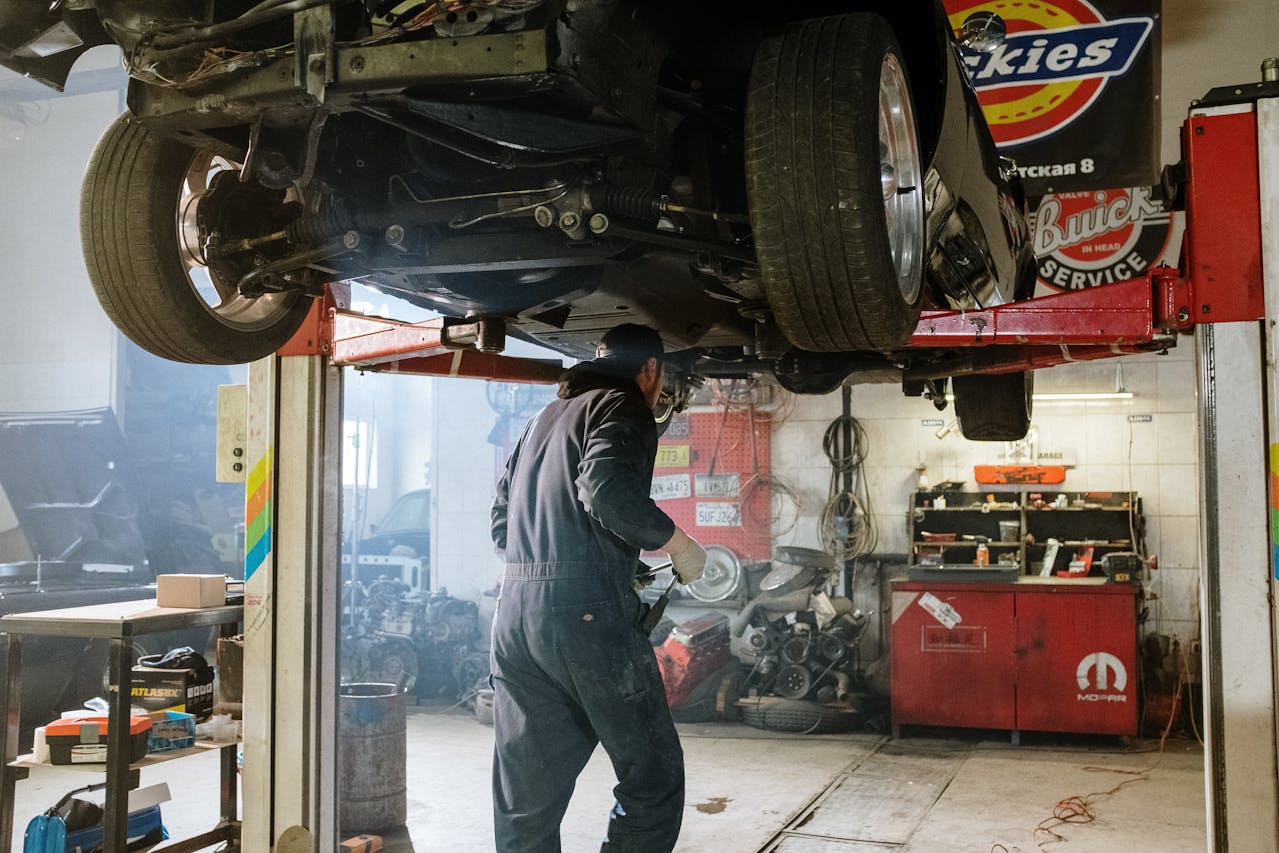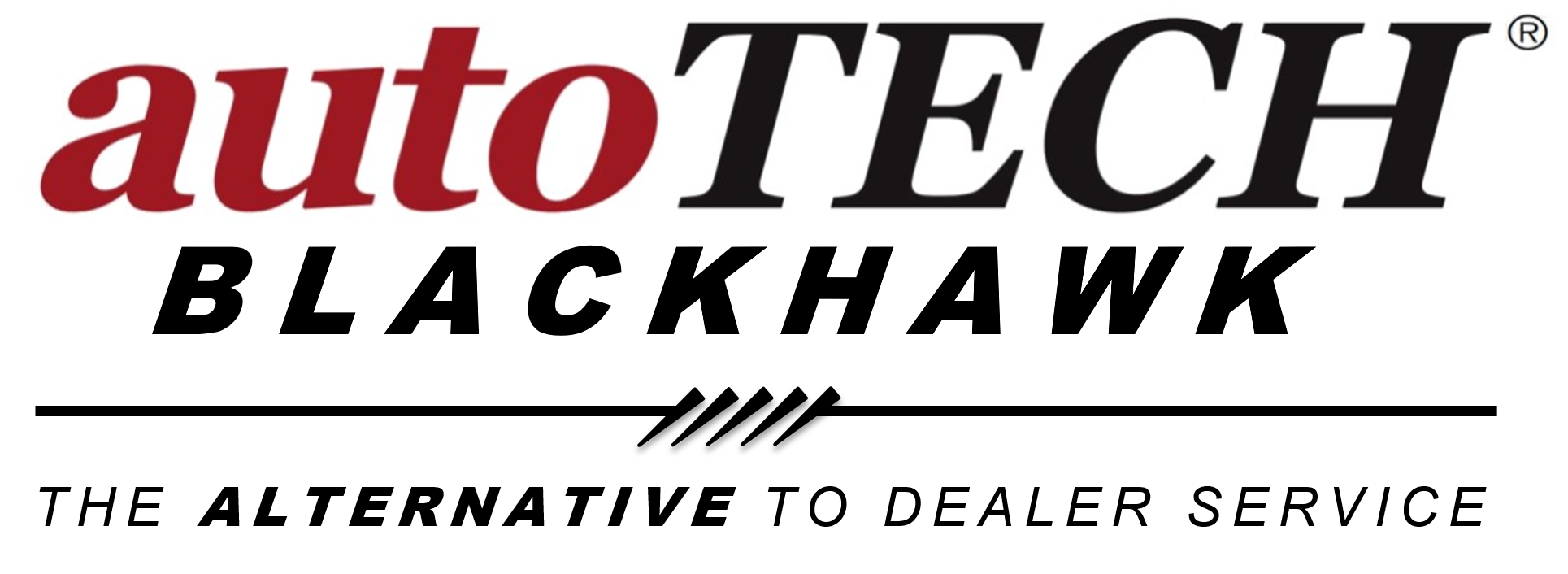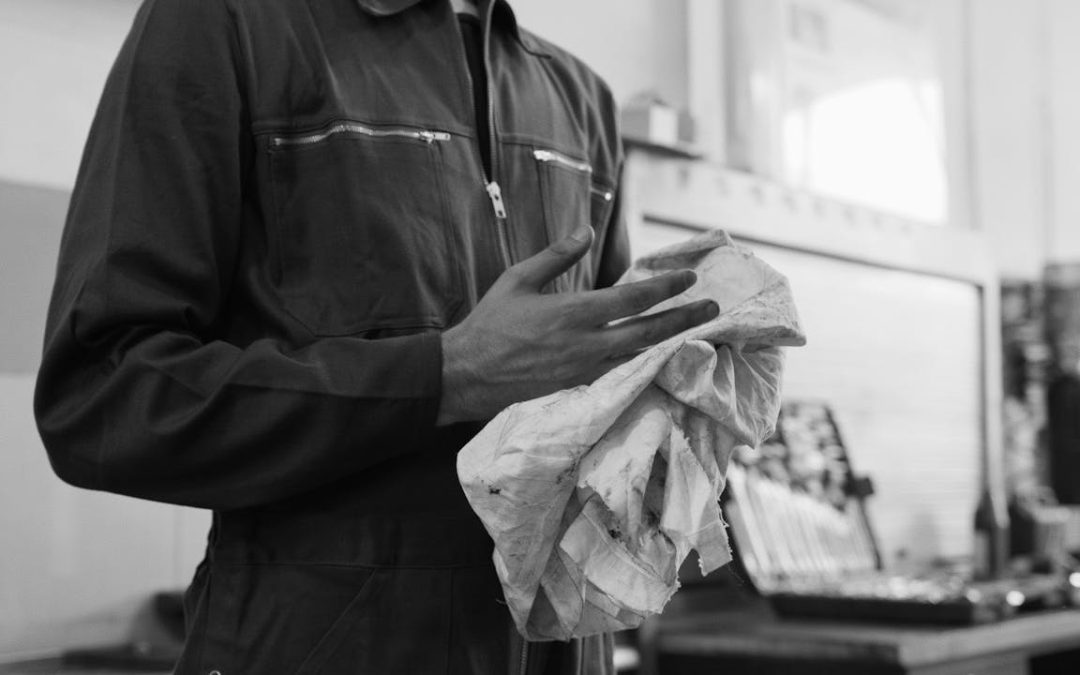To know when your brakes need replacing, pay close attention to signs like squeaking sounds, longer stopping distances, or a soft brake pedal. Worn pads typically manifest themselves by either screeching noisily or causing the car to shudder when braking. Be on the lookout for warning lights on your dashboard, and check the pad thickness — less than 3 millimeters generally indicates it’s time for new ones. Certain vehicles even have sensors that notify you when pads wear down. Paying attention to these indicators keeps driving safe and prevents damage to other brake components. In the body, discover explicit instructions on inspecting brakes and advice on when to consult a mechanic.
Key Takeaways
- By identifying early symptoms, including auditory cues, pedal feedback, and alert lights, you can ensure timely brake servicing, avoiding catastrophic failure.
- Basic visual inspections of your brake pads, rotors, and brake lines for wear or damage are a must when it comes to ensuring optimal braking performance and safety in a variety of driving conditions.
- Your driving habits and environment — such as repeated stops, heavy loads, and tough surfaces — contribute a lot to brake wear and should be considered when planning maintenance.
- Other less obvious problems that can impact braking efficiency — like leaks in calipers or hoses, or worn brake hardware — put you at risk for expensive repairs if they’re missed during routine inspections.
- They don’t just do the fronts, or the backs – wear patterns are different for each and different vehicles/usage, so you need to get the whole system checked.
- By making brake maintenance and fluid replacement happen before you need it — and following the manufacturer’s recommended interval — you’ll help maintain vehicle safety, minimize repair expenses, and protect the life of braking components.
Key Brake Replacement Signs
The secret is understanding when it’s time to change your brakes. Identifying signs early reduces hazards and can prevent more expensive repairs. These are the key signs that your brakes may need to be replaced soon.
Auditory Cues
If your brakes are squealing when you step on them, it typically means the pad wear indicators are kicking in. This is an indication that your brake pads are nearing the end of their thickness. If it becomes a grinding noise, that’s much more serious—metal-on-metal contact is occurring, so the pads are worn through. Replacing them soon is crucial. Occasionally, you’ll hear weird clicks, rattles, or other funky noises that begin when you depress the pedal and cease when you release it. They can indicate issues with brake hardware or pads. If the noise varies with brake pressure, it could be a sign of uneven wear.
Tactile Feedback
A vibrating pedal beneath your foot can signify warped rotors or pads that wear unevenly. This rattles the entire brake system and can reduce your stopping ability. If the pedal feels soft or spongy, that could indicate air in the lines, old fluid, or low fluid. Other times, the pedal will feel stiff or hard to press, possibly indicating the calipers are sticking/ seizing. If the pedal goes to the floor, look for leaks or even complete brake failure.
Visual Inspection
Testing the brake pads is easy and informative. If they’re less than 1/4 inch (around 6.4 mm) thick, it’s time for new ones. If your rotors have deep grooves, scoring, or a blue heat tint on them, they’re damaged and must be replaced. Be on the lookout for a lot of black dust on your wheels–this can indicate that your pads are disintegrating. Brake lines as well. If there are any cracks, splits, or leaks, then the lines are not safe.
Warning Lights
The red brake warning light indicates that the system requires immediate inspection. The ABS light indicates an issue with the anti-lock system, whereas a yellow brake fluid light can indicate leaks or low fluid. All these lights are straight warnings–don’t delay in reacting. Even if the brakes still work, the lights indicate something’s off.
Performance Drop
If your vehicle requires more time to stop than previously, your pads or rotors could be worn. Pulling to one side when braking usually indicates uneven wear or a caliper problem. A decrease in braking speed or delayed response time is a key brake replacement sign. Any big change in stopping power is cause for a full system look.
Factors Influencing Brake Wear
Brake wear is a combination of your driving style, driving environment, and your car. Knowing these factors allows you to catch warning signs before they cause expensive repairs or hazards.
- Driving style and habits
- Environmental factors (urban, rural, hilly, or wet conditions)
- Vehicle load and type
- Road conditions and surfaces
- Brake pad type and thickness
- Tire condition and maintenance
- Brake fluid condition
Driving Style
Gentle driving makes brakes last longer. Hard braking and quick stops, such as those encountered during rush-hour congestion, burn pads up at a blistering pace. Panic stops or ‘riding’ the brake can overheat pads, particularly in high-powered vehicles or while towing. For instance, employing engine braking—downshifting to a lower gear—can relieve pressure on brake pads, distributing the effort. Tuning your driving style to traffic—anticipate stops, coast, and don’t accelerate like a lunatic—does a lot to keep your braking system reliable.
Environment
Brakes are on overdrive in mountainous areas. Long descents = more heat + stress = faster pad and rotor wear. Wet or icy weather may impact brake grip, leading to increased brake application as drivers attempt to control their speed. If you primarily drive within urban stop-and-go conditions, you’ll probably need to change your pads earlier than a highway-pounding commuter. Bad roads, sprinkled with gravel or pocked with potholes, can tax the system, as well.
City drivers experience accelerated wear due to stoplights and heavy traffic. If your region experiences regular rain or snow, brake checks should become habitual. Bad roads don’t just impact comfort – they require brakes to work harder to keep things under control. Debris and rough patches can diminish your pads’ longevity.
Vehicle Load
Heavy loads or towing add additional strain to brakes. More weight and mass require more frictional force to halt, which puts a greater strain on the brakes and generates more heat, prematurely polishing the brake pads. If you regularly tow trailers or heavy loads, then more regular brake inspections are logical. Taming your style—braking earlier and more gently—helps offset the increased load. Always check pad thickness – if less than 6 millimeters, it’s time to replace.
Maintenance And Brake Components
Opting for ceramic pads can imply extended life and reduced dust. Tire rotations keep brake wear even. Watch your brake fluid— old, dirty fluid can corrode parts and damage performance. Swap it out every couple of years to save yourself big-time repair bills.
The Unseen Brake Problems
A few brake problems are difficult to see coming until they wreak much bigger, costly havoc. A lot of folks overlook these problems because they don’t manifest themselves during normal driving, yet they can greatly impact vehicle safety and expense.
- Minor leaks in brake hoses or calipers can cause a sudden brake failure.
- Worn-out clips, shims, or pins can make brakes noisy or less effective.
- Water in brake fluid can rust metal from the inside out.
- Uneven brake pad wear or damage can cause a car to pull.
- Brake system damage has a way of spreading.
- Strange smells or sounds when you brake could be indicative of unseen issues.
- Skipping brake inspections can conceal corrosion or pad wear until it’s too late.
Brake Fluid
Low brake fluid can mean your car takes longer to stop, putting you at risk. Brake fluid should be inspected regularly due to its hygroscopic nature, which allows it to absorb moisture and cause rust inside brake lines and calipers. Old or dirty fluid — which may appear dark or have particles suspended in it — indicates that moisture or contaminants have penetrated the system. If this fluid is not changed when the manufacturer says it should, it can begin to break down and fail.
Getting the right fluid at the right level and having clean fluid make the brakes happy. If you observe weird indicators, such as a soft-fill pedal, it could indicate the presence of a leak or excessive moisture in the fluid. This is an indicator to have the system inspected immediately.
Calipers & Hoses
Check the calipers for smooth movement, as a stuck caliper will prematurely wear out one brake pad faster than the other. This can yank the car to one side, particularly when braking, and is not always easy to detect until the issue is severe.
Check hoses for cracks or bulges. A single dent can indicate a leak is imminent, and often catastrophic brake failure. If you notice damage, get the part replaced immediately. If not, it can overheat the brakes, translating into bigger expenses down the road.
Brake Hardware
Brake hardware, such as clips and shims, deserves attention as well. If they wear out or break, you may experience strange sounds or pulsing when braking. Hardware that isn’t installed right can compromise the effectiveness of the brakes. Swap out broken or absent hardware to avoid uneven pad wear and more repair bills.
Neglected hardware can quietly ruin the whole braking system.
Front VS. Rear Brakes
Front brakes and rear brakes play different functions when it comes to stopping a car and require separate maintenance. Most vehicles are equipped with disc brakes in the front and either disc or drum brakes in the rear. The front brakes deal with more power, since when you brake, the car’s weight transfers forward. That’s why front brake pads tend to wear out sooner and require more frequent replacement. In most cars, the front brakes deliver approximately 60–90% of the stopping power, with rear brakes providing less than 40%. If the fronts go, you lose virtually all your slowing power. Conversely, if rear brakes lock up first, your car can spin out, which is dangerous. For stability and handling reasons, front brakes should lock before the rear.
|
Feature |
Front Brakes |
Rear Brakes |
|
Wear pattern |
Wear out faster |
Last longer |
|
Braking power (%) |
60–90 |
Under 40 |
|
Replacement frequency |
More frequent |
Less frequent |
|
Performance impact |
Major (failure is critical) |
Less (failure risks spin) |
|
Lockup effect |
Helps stabilize |
Can cause spin |
|
Typical type |
Disc |
Disc or drum |
|
Maintenance need |
Higher |
Moderate |
It’s clever to inspect front and rear brakes together during routine checks. Sure, front brakes usually go first, but don’t overlook rear brakes. On rear-drive or heavy-load vehicles, rear brakes can wear out faster than you’d think. That’s why it’s key to look out for any change in how your car stops, like increased stopping distances, weird noises, or a brake warning light.
Change brake pads, which generally last 30,000–50,000 miles, but your driving style and vehicle can boost or reduce this figure. Different brake systems might require different schedules for checkups and part swaps. Always heed your car maker’s guidance, but listen to what you see and hear during your inspections.

Modern VS. Older Systems
Brake systems in automobiles have evolved significantly. Newer cars tend to have disc brakes up front and drums in the rear. As did older models, which frequently employed drum brakes on all four wheels. This matters because disc brakes are more effective at dissipating heat and water, increasing their reliability in a wider range of environments. Drum brakes, which are common in older cars, retain heat and are less efficient when wet. See the summary below:
|
Feature |
Modern Disc Brakes |
Older Drum Brakes |
|
Common Location |
Front (sometimes rear) |
Often, all four wheels |
|
Heat Dissipation |
High |
Low |
|
Typical Lifespan |
25,000–65,000 miles |
Shorter, needs more frequent change |
|
Maintenance Frequency |
Lower |
Higher |
|
Safety Features |
Often includes ABS and sensors |
None |
|
Stopping Power |
Strong |
Weaker |
Such as ABS), but I’m referring to older systems. ABS employs sensors and electronic control to prevent wheels from locking up during aggressive stops. This makes driving safer, as it aids the driver in maintaining control. These systems imply that you need to inspect not only the brake pads and rotors, but also the sensors and control modules. If you leave this out, you could end up with reduced stopping power or risk losing ABS entirely.
Another is how technology has prolonged and improved brakes. Today’s brake pads are fabricated from more durable substances, so they can endure as long as 65,000 miles. They provide more reliable stopping force and manage high-speed or heavy load scenarios better. Older pads wear out more quickly because drum brakes tend to overheat and lose their grip. What this translates into is that owners of older models should have their brakes inspected more frequently, particularly if they’re spongy, noisy, or the car is slower to stop.
Your driving habits play a role. That’s why stop-and-go city driving grinds down brakes quicker than highway driving, for both old and new systems. Today’s brakes are prone to slow wear because of improved materials and designs.
The Cost Of Neglect
Brakes are essential components for safe and seamless riding, and their maintenance should never be delayed. When your brake pads wear out, they do more than just squeal or reduce braking efficiency. They may begin to wear down the rotors, which are far more expensive to replace. Worn pads strain the brake calipers and ABS, causing even bigger bills and more downtime. Failing to keep up on brake checks or to address wear signs can turn an easy, low-cost pad change into a full-scale brake system repair.
Neglecting your brake maintenance puts safety in jeopardy. A car with aged pads or worn rotors requires more stopping distance and may perform less satisfactorily in an emergency. This can cause accidents, which come with the cost of repairing the car in addition to medical bills and potential legal issues. New brake pads cost a lot less than repairing or replacing rotors, calipers, or the ABS, particularly if the damage extends to other components.
Brake neglect also damages how the car drives. The brakes could be spongy or possibly require additional effort to halt. Over time, this stresses the rest of the car, wearing out other systems prematurely. For instance, defective brake products can tax the suspension and tires, increasing maintenance costs.
To keep costs in check and increase safety, organize a quick checklist for brake maintenance. Include things like inspecting your pads for thickness, listening for squeals or grinding, watching for dashboard lights, and noticing longer stopping distances. Periodic inspections around every 10,000 to 15,000 miles can detect minor problems before they get serious. Not only does this help sidestep major repair expenses, but it means your vehicle is constantly road-ready.
Conclusion
Brakes keep you safe, end of story. Squeaks, slow stops, or a brake pedal that feels strange all indicate an issue. Every car wears differently, so inspect your brakes frequently. Wet roads, harsh traffic, and heavy loads all accelerate the wear. Old cars require more frequent inspections, but new cars still need attention. Delaying brake work can end up expensive and dangerous. To be safe, hear and see if there are any changes. Keep your wits about you, consult a specialist if you’re uncertain, and catch problems early. For more advice and true tales, see the rest of the blog and join the car-care chat. Your ride and your peace of mind count.
Frequently Asked Questions
1. How Can I Tell If My Brakes Need Replacing?
Listen for squealing or grinding, feel for vibration when braking, or experience longer stopping distances. These are important indicators that your brakes might require service.
2. What Causes Brakes To Wear Out Faster?
Stop-and-go traffic, heavy loads, and urban driving accelerate this wear. The style of brake pad material matters as well.
3. Are Front Brakes More Likely To Need Replacement Than Rear Brakes?
Indeed, front brakes typically give up before. They take the brunt of the force and heat, so they require more frequent replacement.
4. Can I Check My Brake Pads Myself?
Yes, you can look at brake pads through the wheel! If the pad is less than 3 mm thick, then it’s time to replace it.
5. What Are The Unseen Brake Problems To Watch For?
Brake fluid leaks, warped rotors, and worn brake lines — all hidden but potentially safety-affecting. Routine inspections catch these problems early.
6. Do Modern Brake Systems Last Longer Than Older Ones?
New brake systems usually hold up better because of superior compounds and engineering. Routine service is still required for safety.
7. What Happens If I Ignore Worn Brakes?
Neglecting to replace worn brakes can lead to increased stopping distances, damage to other components, and more expensive repairs. It endangers your life.
Need Brake Repairs You Can Truly Rely On?
When it comes to your safety, don’t settle for average. At autoTECH Blackhawk, we specialize in high-performance, precision brake repair backed by experience and trust. What sets us apart? We’re not just about fixing cars — we’re about building real relationships with our clients and keeping your vehicle running safely for the long haul.
From squeaky brakes and soft pedals to full rotor and pad replacements, our expert team handles it all with care and precision. You’ll get peace of mind with our industry-leading 3-year/36,000-mile warranty, plus the confidence of knowing we only use top-quality, manufacturer-recommended parts.
Your brakes keep you safe — let’s make sure they’re ready for anything.
Call our friendly team today to book your contactless brake repair consultation. Let’s get you back on the road, worry-free.


